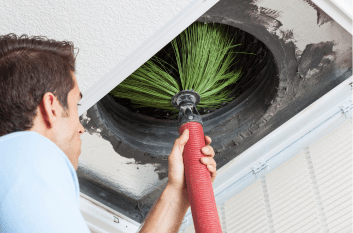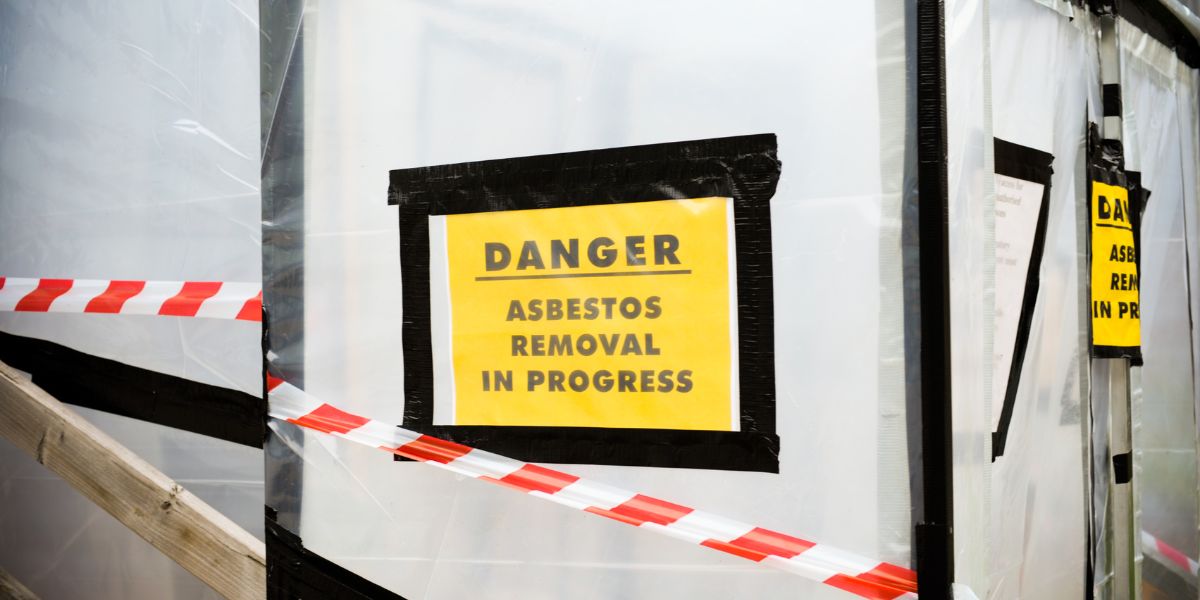Unseen and often underestimated, mold toxicity is a concern that can silently affect our health. Recognizing the early signs of this issue is essential for our well-being. In this article, we explore the 10 warning signs of mold toxicity – subtle indicators that can help you take timely action to safeguard yourself and your surroundings.
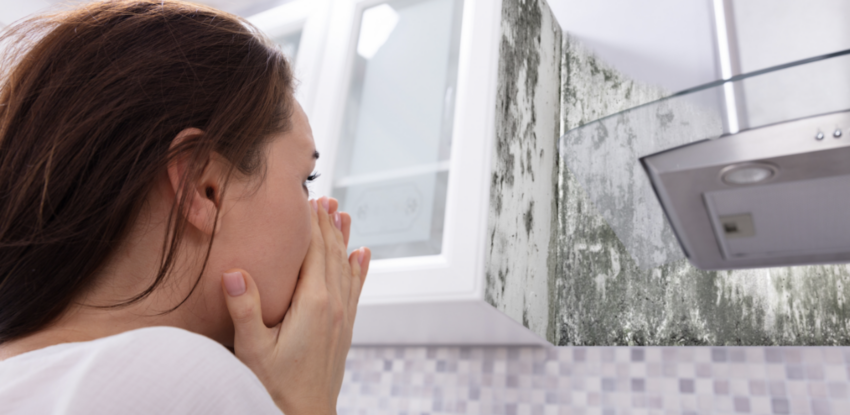
What is Mold Toxicity?
Mold toxicity stems from exposure to elevated mold levels and their potentially harmful byproducts. Mold, a fungus thriving in damp environments, can release spores and mycotoxins, which can trigger health issues. Sensitivity varies, leading to symptoms spanning respiratory, skin, neurological, and immune systems. Symptoms range in severity based on factors like mold type, exposure duration, and individual sensitivity.
Common symptoms include respiratory troubles, skin irritation, headaches, and cognitive disruptions. Vulnerable groups, like infants and the elderly, are particularly at risk. To reduce risks, manage moisture, ensure proper ventilation, and promptly address leaks. Mold toxicity awareness and preventive measures foster healthier living spaces and overall well-being.
Unmasking Common Sources of Mold Exposure
Mold’s silent growth can often catch us off guard, lurking in places we might not expect. Understanding these common sources is key to curbing mold’s impact on our health and homes.
Damp Environments and Poor Ventilation: Mold thrives in dampness, making spaces like bathrooms, basements, and kitchens particularly susceptible. Insufficient ventilation exacerbates the issue by trapping moisture indoors. Even minor leaks or condensation in these areas can create the ideal conditions for mold growth.
Water-Damaged Buildings: Structures that have experienced leaks, flooding, or water damage are prime breeding grounds for mold. It takes just a small amount of lingering moisture for mold to proliferate, often hiding behind walls, under flooring, or in ceilings. The aftermath of water damage can be a hidden reservoir of mold growth.
Unseen Mold’s Impact: It’s important to note that even if you can’t see the mold, its effects can still reach you. Mold spores and mycotoxins can become airborne, making their way into your living spaces through vents, gaps, or even on clothing. This means that even seemingly clean and well-maintained areas can potentially harbor hidden mold that affects your health.
Staying vigilant and addressing sources of moisture promptly is essential in preventing mold growth. Regular maintenance, proper ventilation, and timely repairs in areas prone to dampness are crucial steps to reduce the risk of mold exposure. By understanding where mold thrives, you can take proactive measures to ensure a healthier living environment for yourself and your loved ones.
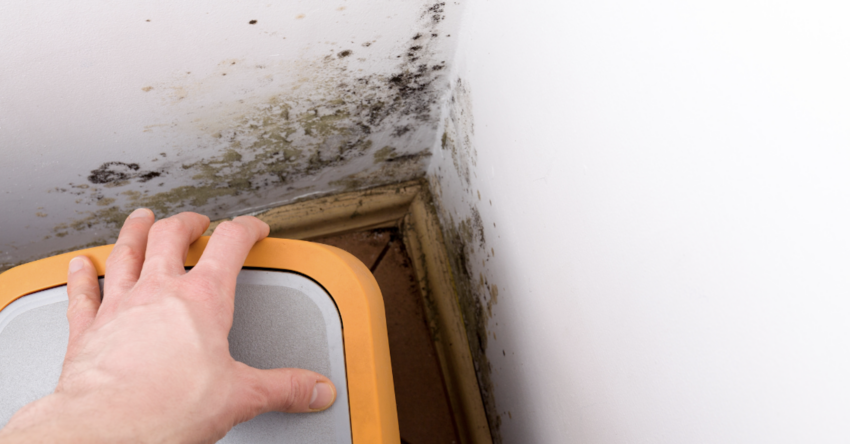
Unveiling the 10 Warning Signs of Mold Toxicity
Mold toxicity can often be silent, but its effects can have a significant impact on our health. By recognizing these 10 warning signs, you can take proactive steps to safeguard your well-being and create a healthier living environment.
1. Respiratory Issues:
Chronic coughing, sneezing, shortness of breath, or sinus congestion could indicate mold exposure affecting your airways. Mold spores, once inhaled, can irritate the sensitive lining of your respiratory passages, leading to these persistent symptoms. This can be particularly troubling for those with preexisting respiratory conditions, as mold-induced inflammation can worsen their respiratory distress. The irritation caused by mold exposure can result in an ongoing cough, frequent sneezing fits, and a sensation of breathlessness that might not be easily alleviated with typical treatments.
2. Skin Irritation:
Unexplained skin rashes, itching, or hives might be a sign of contact with mold spores. When mold spores come into direct contact with your skin, they can trigger an immune response, resulting in these uncomfortable skin reactions. It’s not uncommon for individuals to mistake these symptoms for other skin conditions, leading to ineffective treatments. If you find that skin issues persist despite using over-the-counter remedies, considering the possibility of mold exposure becomes essential in finding effective relief.
3. Eye Discomfort:
Red, watery, or irritated eyes could be a response to airborne mold particles.The delicate tissues of your eyes can react to the presence of these foreign particles, leading to symptoms such as redness, excessive tearing, and general irritation. It’s important to differentiate these symptoms from typical seasonal allergies, especially if they occur indoors or in specific environments where mold might be present.
4. Neurological Changes:
Persistent headaches, memory problems, and mood swings might hint at mold-related effects on the brain. Mold exposure has the potential to impact the central nervous system, leading to a range of neurological symptoms. The inflammation triggered by mold exposure can affect brain function, leading to persistent headaches that might not respond well to traditional headache remedies. In addition, memory problems and mood swings can arise due to the disruption of neurotransmitter activity caused by mold toxins. These changes in cognitive and emotional well-being should not be ignored, as addressing the underlying cause is crucial for effective management.
5. Fatigue and Weakness:
Unexplained fatigue, weakness, or muscle aches could be linked to mold toxicity. Mold exposure can lead to a generalized feeling of fatigue, even after adequate rest. This unexplained tiredness can be accompanied by muscle weakness and body aches that are difficult to attribute to any specific physical activity. If you find that your energy levels are consistently low, and your body feels weak and achy, considering mold toxicity as a potential cause is important for a comprehensive health evaluation.
6. Digestive Distress:
Nausea, vomiting, or abdominal pain may signal mold exposure’s impact on your digestive system. Mold toxins, when ingested through contaminated food or inhaled, can affect the lining of your digestive tract. This disruption can lead to symptoms like nausea, vomiting, and abdominal discomfort. These gastrointestinal issues might not have an apparent cause, making it important to consider mold exposure, especially if the symptoms appear consistently or worsen over time. If you find that your digestive distress persists or worsens, seeking medical attention can help identify the underlying cause and guide appropriate treatment.
7. Allergic Reactions:
Heightened sensitivity to allergens or worsened asthma symptoms could be related to mold. Mold spores are potent allergens, and exposure can trigger allergic reactions, especially in individuals already prone to allergies. Symptoms might include increased sneezing, congestion, itchy eyes, or even worsened asthma symptoms. If you notice that your allergic responses seem to intensify in specific environments or at certain times, mold exposure could be contributing. Addressing mold-related allergens through improved indoor air quality and mold prevention measures can significantly alleviate these symptoms.
8. Flu-Like Symptoms:
Fever, chills, body aches, and malaise might indicate your body’s response to mold toxins. Mold exposure can lead to an immune response akin to fighting an infection, resulting in flu-like symptoms. While these symptoms might seem similar to common illnesses, if they appear without any apparent cause or persist despite typical treatments, considering mold exposure is crucial. Monitoring the duration and pattern of these symptoms can aid in determining whether mold toxicity might be a contributing factor.
9. Immune System Challenges:
Frequent illnesses or difficulty recovering from sickness might be tied to mold exposure. Mold toxins can suppress the immune system’s effectiveness, making individuals more susceptible to infections. If you find yourself falling ill frequently or struggling to recover from illnesses within a normal timeframe, mold exposure could be weakening your immune system’s defenses. This can be particularly concerning for vulnerable groups with weaker immune systems, such as the elderly or young children. Seeking medical advice to evaluate your immune system’s functionality and considering potential mold exposure is essential for overall health management.
10. Cognitive Impact:
Brain fog, difficulty concentrating, or mood changes could point to neurological effects of mold. Mold toxins can cross the blood-brain barrier, affecting cognitive function and emotional well-being. Persistent brain fog, difficulty concentrating on tasks, and unexplained mood changes can all be linked to mold-related neurological impacts. If you notice changes in your cognitive abilities or emotions that are not in line with your usual baseline, mold exposure might be a contributing factor. Addressing these symptoms early and seeking medical guidance can help mitigate potential long-term neurological consequences.
Being aware of these signs can empower you to seek timely medical guidance and take measures to prevent mold growth in your surroundings. By addressing mold toxicity, you can ensure a safer and healthier living environment for yourself and your loved ones.
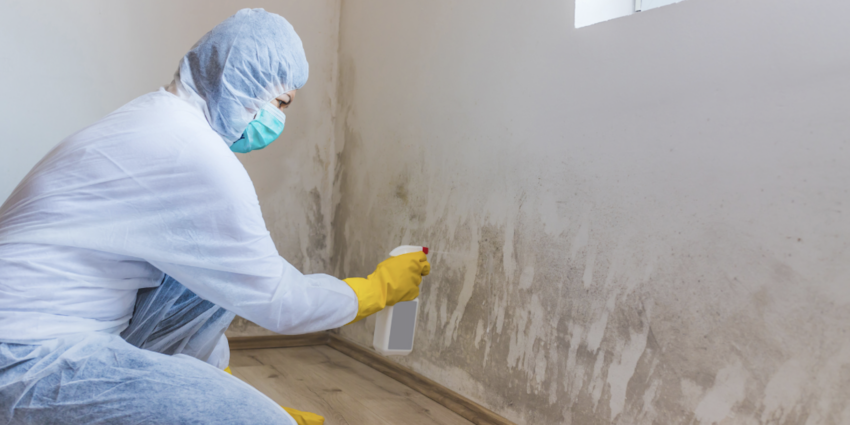
How To Spot Mold in Its Early Stages
Recognizing the initial signs of mold growth is vital in preventing potential health hazards. By identifying these indications early on, you can take immediate action to address the problem before it escalates.
Visual Clues: Look out for visible mold signs, such as dark spots or clusters on walls, ceilings, or corners. Even small patches can hint at underlying mold growth and shouldn’t be ignored.
Musty Odor: An earthy or musty smell can signal mold presence. If you notice an unusual odor, especially in areas prone to dampness, it’s worth investigating further as it might be an early sign of mold.
High Humidity: Mold thrives in humid conditions. Regularly monitor humidity levels, particularly in places like basements, bathrooms, and kitchens. Keeping humidity below 50% helps discourage mold growth.
Condensation: Excessive condensation on windows, pipes, or surfaces can create a breeding ground for mold. Check for water droplets on cold surfaces and promptly dry them to prevent moisture buildup.
Water Leaks: Address any water leaks, drips, or stains without delay. Even minor leaks provide the moisture mold needs. Timely repairs and addressing water-damaged areas can curb mold growth.
Allergic Reactions: Unexplained allergic reactions or respiratory symptoms that improve when you leave an indoor space could indicate hidden mold. These symptoms can point to mold presence in your environment.
Professional Inspection: If uncertain or suspecting hidden mold, consider hiring a professional mold inspector. They employ specialized tools to detect mold, even in inaccessible spots, providing a thorough assessment.\
FAQ
Are the symptoms of mold toxicity always severe, or can they vary?
The severity of mold toxicity symptoms can vary based on factors such as the type of mold, exposure duration, and individual sensitivity. Some may experience mild symptoms like sneezing or skin irritation, while others could face more significant health challenges like neurological effects or weakened immune responses.
How important is it to address mold issues early on?
Addressing mold issues early is crucial. Left unchecked, mold growth can lead to more extensive contamination and potential health risks. Recognizing early signs allows for timely action, which can prevent further complications and maintain a healthier living environment.
Can mold toxicity affect anyone, or are certain individuals more vulnerable?
Mold toxicity can impact anyone, but some groups, like infants, the elderly, pregnant individuals, and those with preexisting respiratory conditions, might be more susceptible due to weakened immune systems or heightened sensitivity to mold.
Take Action for a Healthier Home
For expert assistance in mold detection and remediation, consider First & Last Restoration.
Our dedicated team specializes in creating healthier living spaces by identifying and eradicating mold growth. Your safety is our priority, and we’re here to support you in ensuring a mold-free environment for you and your loved ones.
Contact us today to take the first step towards a healthier and happier home!

